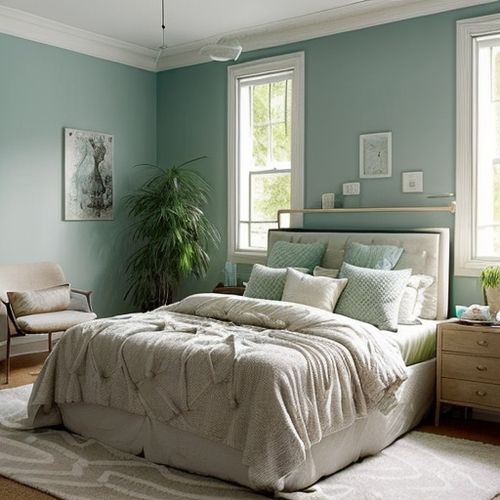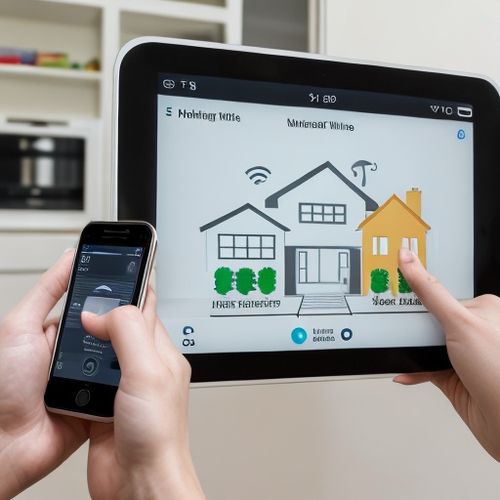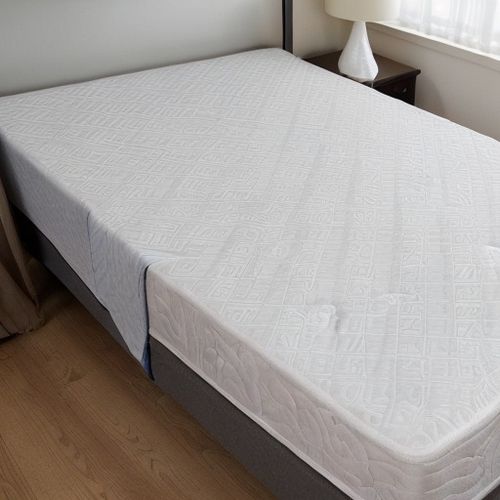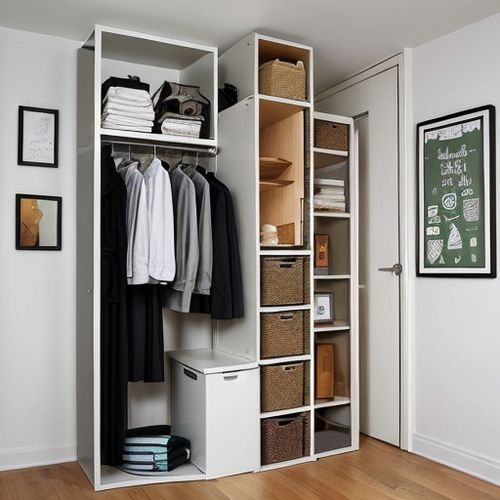The concept of a smart home has evolved from a futuristic fantasy to an accessible reality for many households. With the rapid advancement of technology, an array of devices now promise to simplify daily routines, enhance security, and even reduce energy consumption. However, not all gadgets deliver on their promises. Understanding which smart home devices genuinely improve quality of life—rather than merely adding complexity—is essential for anyone looking to make meaningful upgrades to their living space.
The foundation of any smart home often begins with a reliable voice assistant. Devices like Amazon Echo or Google Nest Hub act as central hubs, allowing users to control other connected gadgets through simple voice commands. Beyond playing music or answering trivia questions, these assistants can manage calendars, set reminders, and even place online orders. Their true value lies in their ability to integrate seamlessly with other smart devices, creating a cohesive ecosystem that responds to your needs without requiring constant manual input.
Lighting systems represent one of the most impactful upgrades in a smart home. Smart bulbs, such as those from Philips Hue or LIFX, go far beyond remote control via smartphone apps. They can adjust color temperatures throughout the day to align with natural circadian rhythms, potentially improving sleep quality and productivity. Geofencing technology enables lights to turn on automatically as you approach home, while motion sensors ensure rooms are only illuminated when needed, reducing energy waste. For those who frequently forget to switch off lights, the automation and scheduling features alone can justify the investment.
Climate control has seen significant improvements through smart thermostats like the Nest Learning Thermostat or Ecobee. These devices learn household patterns over time and adjust temperatures accordingly, ensuring comfort while optimizing energy usage. Remote access via smartphone apps allows for adjustments from anywhere, preventing unnecessary heating or cooling when the house is empty. Some models even provide detailed energy reports, helping users identify opportunities for further savings. In regions with extreme temperatures, the ability to preheat or precool a home before arrival can transform daily comfort levels.
Home security has been revolutionized by smart technology. Video doorbells such as Ring or Nest Hello provide real-time alerts and two-way communication, allowing homeowners to interact with visitors remotely. Paired with smart locks, these systems eliminate the need for physical keys while granting temporary access to guests or service providers. Indoor security cameras with motion detection and night vision offer peace of mind for pet owners or frequent travelers. The psychological benefit of being able to check on one's home at any time from a smartphone cannot be overstated in today's mobile society.
In the kitchen, smart appliances are redefining meal preparation and food management. Refrigerators with internal cameras and expiration tracking help reduce food waste by alerting users about items nearing spoilage. Smart ovens can be preheated remotely or guided through voice commands, while precision cookers ensure perfect results for complex recipes. Coffee makers that brew automatically at scheduled times or upon waking add small but meaningful conveniences to morning routines. These kitchen innovations demonstrate how smart technology can enhance even the most fundamental domestic activities.
Entertainment systems have become more intuitive through smart integration. Televisions with built-in voice control eliminate the frustration of navigating multiple remotes. Whole-home audio systems allow synchronized music playback throughout different rooms or customized zones. Streaming devices with AI-driven recommendations learn viewing preferences over time, reducing the time spent searching for content. The ability to control these systems through a single interface or voice commands creates a more immersive and hassle-free entertainment experience.
Laundry rooms often overlooked in smart home discussions, have seen notable innovations. Washers and dryers that send alerts when cycles complete or detect maintenance issues prevent forgotten loads and potential malfunctions. Some models can even reorder detergent automatically when supplies run low. While these features may seem minor, they address common household pain points that cumulatively impact quality of life. The time saved on remembering to transfer laundry or make supply runs adds up significantly over months and years.
Air quality monitors represent an underappreciated but valuable smart home addition. These devices track pollutants, humidity levels, and particulate matter, providing alerts when conditions deteriorate. Connected to smart purifiers or ventilation systems, they can trigger automatic responses to maintain healthy indoor environments. For allergy sufferers or those in urban areas with pollution concerns, this technology can make a measurable difference in respiratory health and overall wellbeing.
The true measure of a smart home device's value lies in its ability to become invisible in daily use. The most successful implementations are those that solve problems without creating new ones, requiring minimal maintenance or troubleshooting. As the technology matures, interoperability between different brands and platforms continues to improve, reducing the frustration of incompatible ecosystems. While the initial setup of a smart home requires some investment of time and money, the long-term benefits in convenience, security, and efficiency make careful selection of devices a worthwhile endeavor for modern households.

By Thomas Roberts/Apr 25, 2025

By Daniel Scott/Apr 25, 2025

By Thomas Roberts/Apr 25, 2025

By Daniel Scott/Apr 25, 2025

By Lily Simpson/Apr 25, 2025

By Megan Clark/Apr 25, 2025

By Christopher Harris/Apr 25, 2025

By Amanda Phillips/Apr 25, 2025

By John Smith/Apr 25, 2025

By Michael Brown/Apr 25, 2025

By Daniel Scott/Apr 25, 2025

By Olivia Reed/Apr 25, 2025

By Elizabeth Taylor/Apr 25, 2025

By James Moore/Apr 25, 2025

By John Smith/Apr 25, 2025

By William Miller/Apr 25, 2025

By Daniel Scott/Apr 25, 2025

By Emma Thompson/Apr 25, 2025

By James Moore/Apr 25, 2025

By Ryan Martin/Apr 25, 2025